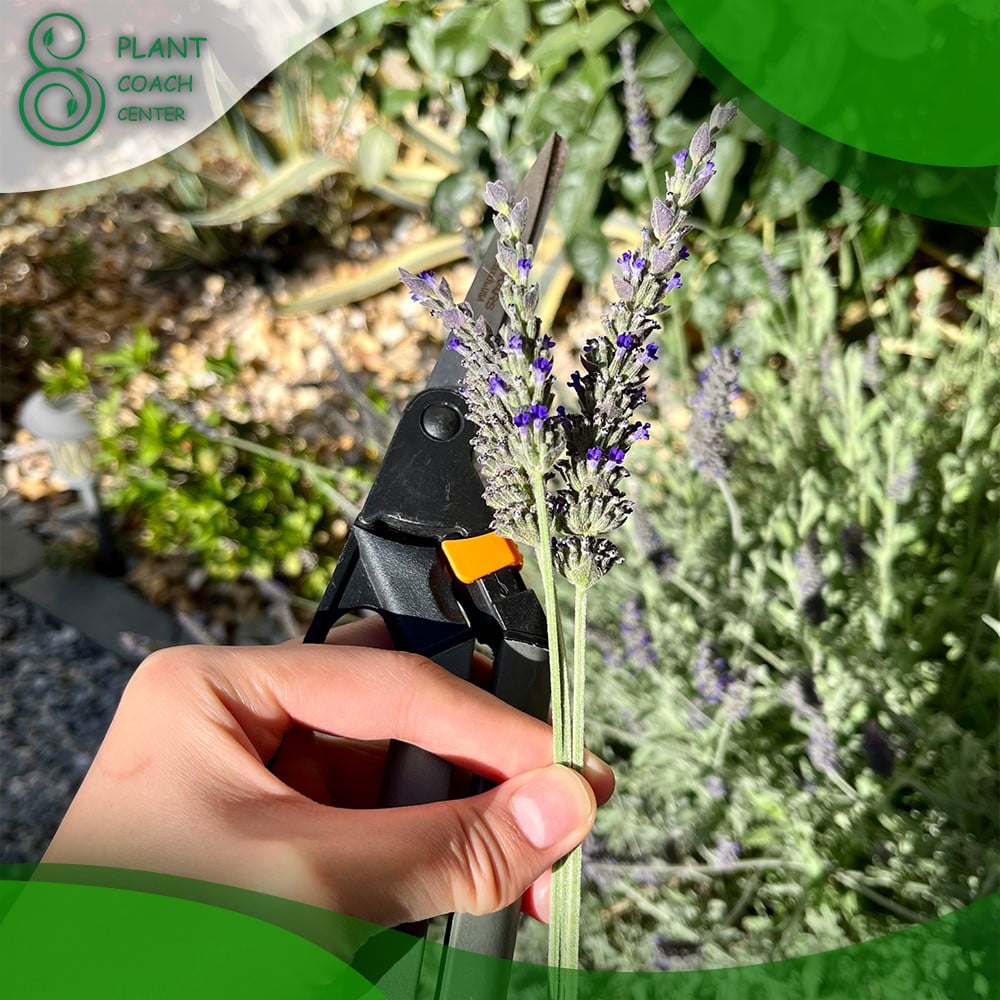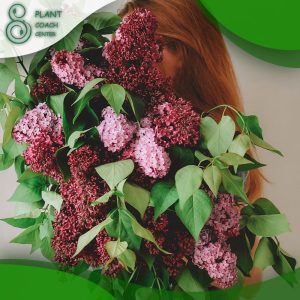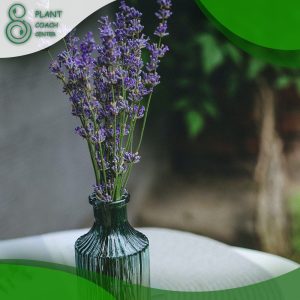When should I cut back lavender?
Welcome to the fragrant world of lavender cultivation, where the art of pruning intertwines with the rhythms of nature to shape not just the plant’s appearance but its vitality. As lavender enthusiasts, we find ourselves enchanted by the beauty and aromatic allure this herb brings to our gardens and homes. Yet, the question lingers: When should I cut back lavender? Fear not, for we will unravel the mysteries behind the perfect timing for pruning lavender in this botanical journey.
Beyond mere aesthetics, understanding the intimate dance between lavender’s growth cycles and the seasons is essential for promoting lush foliage, bountiful blooms, and the longevity of these cherished plants. From deciphering the visual cues that signal readiness for trimming to tailoring techniques for different lavender varieties, this guide will empower you with the knowledge to wield your pruning shears confidently. Whether you’re nurturing lavender for its soothing fragrance, ornamental charm, or culinary delights, join us as we delve into the intricacies of lavender care and embark on a journey of horticultural finesse.
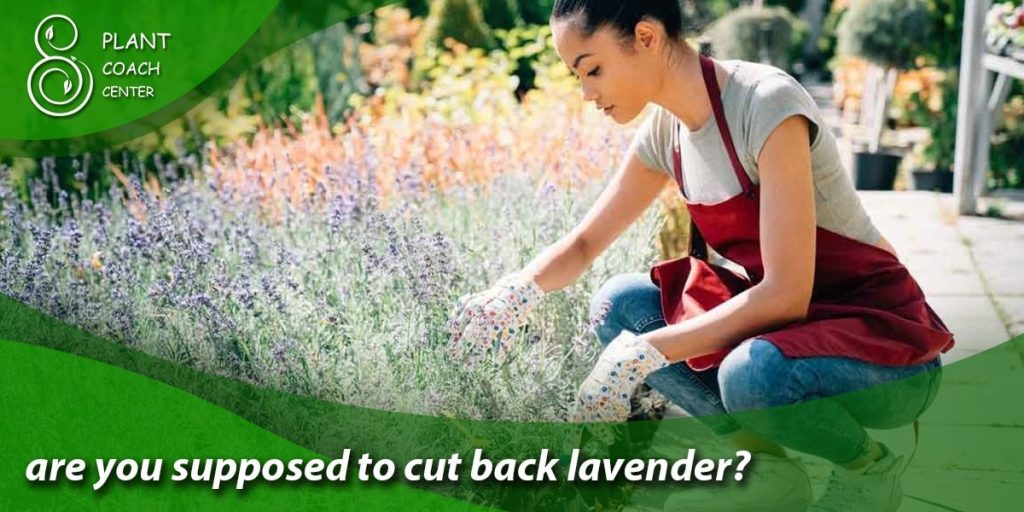
Lavender’s Growth Cycle Unveiled
To master the art of lavender pruning, one must first acquaint themselves with the intricate dance of the plant’s growth cycle. Lavender, a perennial herb renowned for its vibrant blossoms and aromatic allure, undergoes a series of distinct stages throughout the year.
Dormant Phase (Winter)
As winter blankets the landscape, lavender enters a period of dormancy. The plant conserves energy during this time, and its growth is temporarily halted. The woody stems and foliage that once flourished now stand dormant, patiently awaiting the return of warmer days.
Spring Awakening
With the arrival of spring’s gentle embrace, lavender awakens from its slumber. New growth emerges from the dormant stems, forming tender green shoots that reach for the sunlight. This rejuvenation phase is pivotal in the lavender growth cycle, setting the stage for the year’s blooms.
Pre-Bloom Preparation (Late Spring to Early Summer)
As spring progresses into early summer, lavender’s energy shifts towards preparing for its iconic floral display. Buds form along the stems, growing plumper day by day. This is the juncture where experienced gardeners often intervene with selective pruning to encourage more robust flowering and prevent leggy growth.
Blossom Burst (Mid-Summer)
Mid-summer is when lavender truly shines. The buds burst open, revealing clusters of delicate, fragrant flowers that paint the garden with hues ranging from soft purples to vibrant blues. Bees and butterflies are drawn to the nectar-rich blooms, adding to the sensory delight of the lavender spectacle.
Post-Bloom Rest (Late Summer to Fall)
As the summer sun wanes, lavender begins to wind down. The vibrant blossoms gradually fade, giving way to the formation of seeds. This phase is a period of reprieve for the plant, a time to recharge and store energy for the colder months ahead.
Best Times for Pruning
Just as a choreographed dance captivates an audience, lavender’s pruning schedule is a delicate balance choreographed by the changing seasons. Knowing when to cut back your lavender can make all the difference in its overall health and vitality. Let’s delve into the seasonal nuances that guide the rhythm of lavender pruning.
Spring Rejuvenation (Late Winter to Early Spring)
As winter’s grip loosens and signs of new growth emerge, it’s an opportune time for light pruning. Remove any dead or damaged wood to allow fresh shoots to thrive. This early intervention sets the stage for a lush and vibrant lavender display in the coming months.
Post-Bloom Tidying (Late Summer to Early Fall)
After the lavender has put on its mesmerizing floral show, it’s time for some post-bloom tidying. Gently trim spent flower stems, leaving a small portion intact to prevent damaging the new growth buds forming at their base. This tidying process maintains the plant’s neat appearance and redirects its energy towards preparing for the next growing season.
Winter Protection (Late Fall to Early Winter)
As the year winds down and temperatures drop, lavender enters its dormant phase. Light pruning can help prevent snow and ice from weighing down the branches in colder climates, protecting the plant’s overall structure. However, avoid heavy pruning during this time, as it could leave the plant vulnerable to frost damage.
Avoid Pruning During Active Blooming (Mid-Summer)
While the allure of lavender’s blossoms is irresistible, resisting the urge to prune during its peak flowering period is best. Cutting back lavender while in full bloom may disrupt its natural beauty and diminish the number of flowers produced. Instead, revel in the sight and scent of the colors and save significant pruning for the appropriate post-bloom phase.
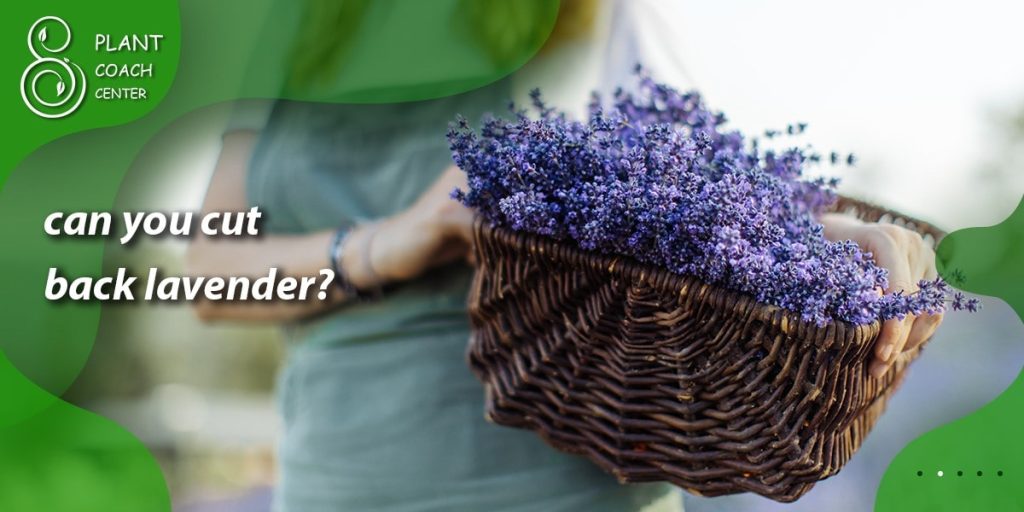
Visual Cues for Pruning
Nature has its own language, and when it comes to lavender care, learning to decipher the visual cues the plant provides is critical to knowing when it’s time for pruning. Lavender communicates its needs through various signs, helping you determine the ideal moment to pick up your pruning shears.
Faded Blooms and Stems
One of the most apparent signals is the fading of blooms and the changing color of stems. As lavender blossoms lose their vibrant hues and transition to a duller shade, it clearly indicates that their prime has passed. Trimming away these spent flowers maintains the plant’s appearance and encourages new bloom growth.
Woody and Leggy Growth
Lavender plants naturally develop woody stems over time. If you notice a significant amount of woody growth near the base of the plant, it might be a sign that rejuvenation is in order. Pruning away some of the older, woody stems can stimulate the growth of fresh, more vigorous shoots from the plant’s center.
New Growth at the Base
Keep an eye on the base of the plant as well. If you spot new shoots emerging from the lower portion of the stems, it’s a positive indicator of active growth. This can be particularly important after winter dormancy, as these new shoots signify the plant’s readiness to enter its active growth phase.
Sparse and Sparse Blooming
Lavender is known for its bountiful blooms, but if you’re noticing reduced flowering or sparser clusters of blossoms, it might signal that the plant needs some attention. Pruning away any overcrowded stems and spent flowers can help improve air circulation and sunlight penetration, promoting better blooming in the following season.
Overall Plant Appearance
Your lavender’s overall appearance tells a story. If it’s become leggy, unkempt, or irregular in shape, it’s a sign that pruning is necessary. Trimming back these unruly growths can rejuvenate the plant’s form and encourage healthier growth patterns.
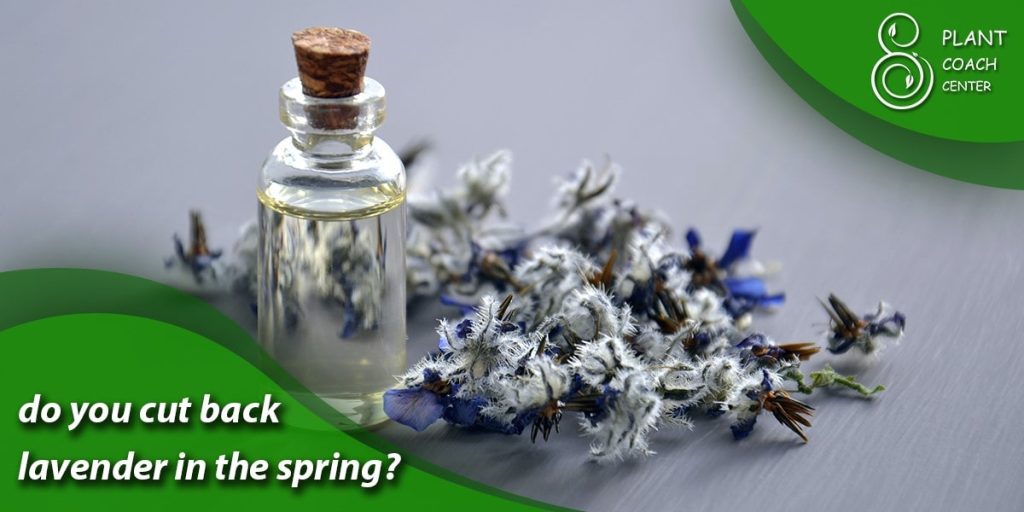
Avoiding the Pruning Pitfalls
Pruning lavender is a delicate endeavor that requires finesse and understanding. While the desire to nurture your plants is strong, avoiding common pitfalls that can inadvertently harm your beloved lavender is equally essential. Here are some key pointers to help you navigate the pruning process confidently and skillfully.
Overzealous Pruning
It’s easy to get carried away when trimming your lavender, but remember that less is often more. Avoid excessive pruning, especially during active blooming, as it can stress the plant and diminish flower production. Instead, focus on selective and purposeful cuts.
Pruning at the Wrong Time
Timing is everything in lavender care. Pruning during the wrong season, especially during the height of blooming, can disrupt the plant’s natural cycle and hinder future growth. Stick to the appropriate pruning windows outlined in earlier sections for optimal results.
Neglecting Sharp Tools
Dull and unclean tools can cause more harm than good. Always use sharp, clean pruning shears to make clean cuts that minimize damage to the plant. Blunt instruments can crush stems and create entry points for diseases.
Improper Technique
Aim for a clean angle that minimizes the exposed surface area when cutting. Avoid leaving stubs or ragged edges, as these can become susceptible to infections. Cut just above a node or a healthy set of leaves to encourage new growth.
Neglecting Air Circulation
Over time, lavender can develop dense growth that limits airflow within the plant. Pruning offers the opportunity to thin out overcrowded areas, enhancing air circulation and reducing the risk of fungal diseases.
Ignoring Varietal Differences
Different lavender varieties have distinct growth habits and flowering patterns. Understanding your specific lavender type and its unique requirements is essential before pruning. Researching your lavender’s variety will guide you in tailoring your approach.
Skipping Post-Pruning Care
After you’ve completed your pruning session, provide your lavender with some TLC. Mulch around the base to retain moisture and suppress weeds, and consider feeding the plant with a balanced fertilizer to support new growth.
Tailoring Techniques to Lavender Varieties
Just as each dancer has a unique style, different lavender varieties exhibit distinct growth habits and characteristics. To master the art of pruning, it’s crucial to tailor your techniques to suit the specific needs of your chosen lavender variety. Here’s a guide to adjusting your pruning approach based on the traits of different lavender types.
English Lavender (Lavandula angustifolia)
English lavender benefits from regular light pruning because it is known for its classic fragrance and compact growth. After the first bloom, trim back faded flowers and a few inches of the stem to promote continuous blooming throughout the season.
French Lavender (Lavandula dentata)
French lavender’s distinctive serrated leaves and vibrant flowers require careful pruning to maintain its bushy form. After the first flush of blooms, trim the stems by about one-third, avoiding cutting into the woody growth. This encourages new development while preserving the plant’s shape.
Spanish Lavender (Lavandula stoechas)
Recognizable by its unique pineapple-like flowerheads, Spanish lavender benefits from light pruning immediately after flowering. Gently trim back the spent blooms and a small portion of the stem, but avoid cutting too deeply into the woody growth at the base.
Lavandin (Lavandula x intermedia)
A hybrid of English and spike lavender, lavender is prized for its intense fragrance and robust growth. Prune lavender right after the first bloom to remove spent flowers and encourage additional flowering. Consider a more thorough pruning in late summer to shape the plant and prevent it from becoming overly leggy.
Spike Lavender (Lavandula latifolia)
With its long flower spikes and unique scent, spike lavender is often used for essential oil production. Prune spike lavender right after the flowers have faded, cutting back the stems by about half to maintain their compact shape and encourage new growth.
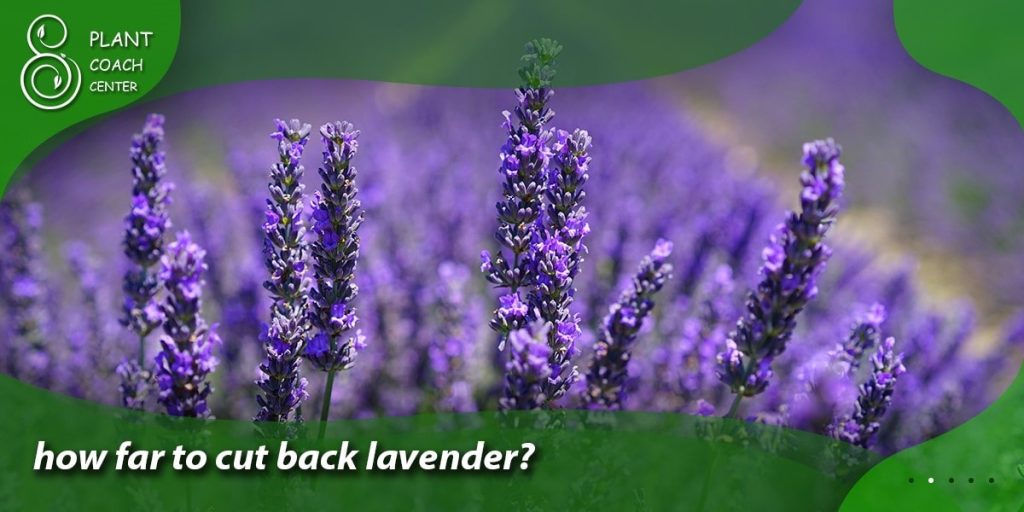
Pruning for Aromatherapy and Beyond
Beyond their ornamental appeal, lavender plants hold a treasure trove of aromatic benefits that can be unlocked through strategic pruning. Whether you’re seeking to infuse your home with soothing scents or create your own aromatic products, mastering the art of pruning for aromatherapy is a rewarding endeavor.
Enhancing Aromatic Oils
To maximize the production of essential oils that give lavender its signature fragrance, focus on pruning just before the plant’s peak blooming period. This time, usually mid-summer, is when the oils are most concentrated in the blossoms. You can extract these aromatic oils for various therapeutic purposes by trimming back spent flowers and harvesting the stems.
Harvesting for Crafts
Lavender bundles, sachets, and potpourri are beloved crafts that bring the fragrance of the garden indoors. Pruning can be timed according to your craft-making needs. If you aim to create decorative bundles, harvest stems when the flowers are in full bloom and vibrant. For dried arrangements, harvest just before full bloom to retain the color.
Creating Lavender Wands
Lavender wands, intricate creations made by weaving stems together, require freshly harvested, flexible stems. To make these charming pieces, prune the branches just as the flower spikes start to open but before they fully bloom. This timing ensures that the stems are pliable and the flowers are aromatic.
Infusing Culinary Delights
Culinary lavender adds a delicate floral note to dishes and beverages. When pruning for culinary use, opt for English lavender varieties and harvest just as the flowers begin to open. This stage offers the best balance between flavor and aroma, infusing your recipes with a hint of lavender essence.
Drying Techniques
If you plan to dry your lavender for long-term use, such as in homemade teas or as a fragrant addition to bath products, select stems for pruning when the flowers are in the early stages of bloom. Hang them upside down in a cool, dark, well-ventilated area to dry.
Year-Round Lavender Care Calendar
Cultivating thriving lavender plants is a journey that spans the seasons. To ensure your lavender’s health, beauty, and longevity, following a year-round care calendar that encompasses various tasks tailored to each season’s unique demands is essential.
Spring (March to May)
Pruning
As new growth emerges, prune away any dead or woody stems, allowing sunlight to reach the center of the plant.
Shape Maintenance
Shape your lavender bushes by removing about one-third of the plant’s height. This encourages a compact form and prevents leggy growth.
Divide and Conquer
If your lavender is becoming overcrowded, consider dividing and replanting sections to improve air circulation and overall health.
Summer (June to August)
Harvesting
Mid-summer is the prime time to harvest lavender for its aromatic oils. Trim stems just as the flowers are about to fully open for the most concentrated fragrance.
Deadheading
After the first bloom, deadhead spent flowers cutting back the stems to encourage new growth and possible second blooms.
Water Wisely
Lavender is drought-tolerant, but young plants may need regular watering during extreme heat. Water at the base to avoid wetting the foliage.
Fall (September to November)
Prune Gently
After the last blooms have faded, do a light pruning to remove spent flower stems and maintain shape. Avoid heavy pruning that could stress the plant before winter.
Fertilize
A balanced fertilizer replenishes nutrients for healthy root growth before winter dormancy.
Mulch
Add a layer of mulch around the base of the plant to protect the roots and conserve moisture during the colder months.
Winter (December to February)
Winter Protection
Consider wrapping lavender in burlap or providing other protection to shield it from harsh winter weather in colder climates.
Limit Pruning
Avoid heavy pruning during winter, as the plant is in dormancy. Save major pruning for spring.
Monitor Moisture
Ensure the plant isn’t in waterlogged soil, as lavender prefers well-draining conditions even in winter.
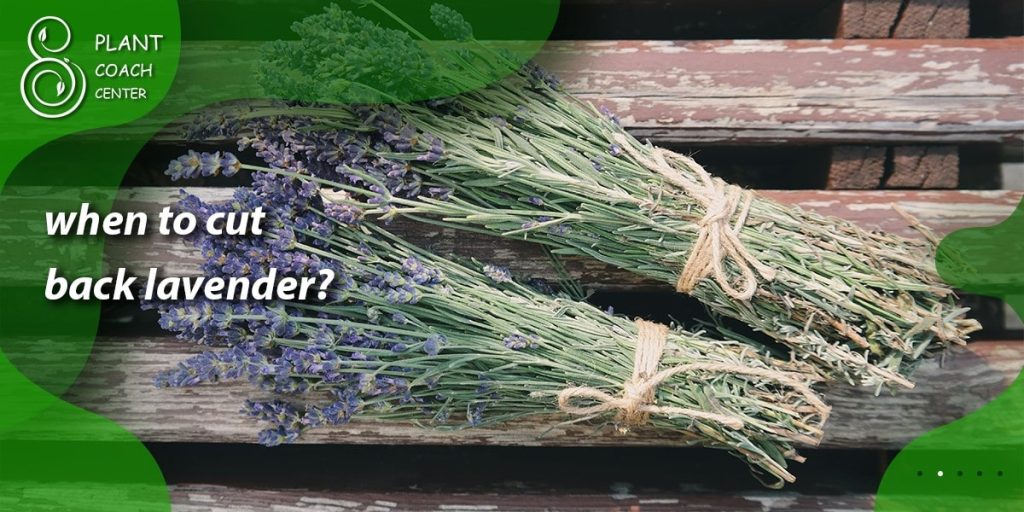
Conclusion
In the enchanting world of lavender cultivation, mastering the art of pruning becomes a harmonious dance with nature’s rhythms. As we’ve unveiled the secrets behind the ideal moments to trim, shape, and nurture our lavender, we’ve discovered that each cut is a step towards healthier, more vibrant plants. With our tailored techniques, we can honor the diverse personalities of various lavender varieties and channel their aromatic potential for a spectrum of creative endeavors.
Remember, at PlantCouchCenter.com, our commitment to fostering your gardening prowess is unwavering. So, whether you’re crafting aromatic sachets, savoring culinary delights, or simply relishing the sight and scent of your flourishing lavender, our comprehensive guide equips you to orchestrate your lavender’s growth with finesse. Embrace the rewarding journey of lavender care, where your pruning prowess transforms into a symphony of fragrant beauty that resonates through the seasons.
When's the best time to prune lavender?
Prune after flowering, in late summer or early spring.
How much should I prune at once?
Trim about one-third of the plant for a balanced shape.
Can I prune during flowering?
Avoid major pruning during blooming to preserve flower production.


